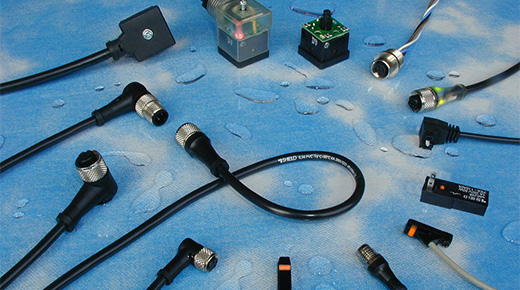The most recent decade has seen rapid advances in connectivity, mobility, analytics, scalability, and data, spawning what has been called the fourth industrial revolution, or Industry 4.0. This fourth industrial revolution has digitalized operations and resulted in transformations in manufacturing efficiency, supply chain performance, product innovation, and in some cases, entirely new business models.
|
ADVERTISEMENT |
These transformations should be top of mind for the quality team and in particular quality leaders, since quality improvement and quality monitoring are among the top Industry 4.0 use cases companies actively pursue today. Many conversations with quality leaders make it clear that a large portion of them do not have a strategy related to Industry 4.0. In part, this is because they are focused on longstanding challenges in quality management; quality leaders are working initiatives around culture, competencies, processes, compliance, and reactive quality. Some quality leaders also perceive technology initiatives as outside their domain; therefore, they don’t treat them as a priority.
…

Comments
Q 4.0
Dan, How many companies have adopted Quality 4.0 ?Hopefully, it brings back the forgotten fundamentals of quality. https://www.qualitydigest.com/inside/six-sigma-article/six-sigma-lesson…
Add new comment